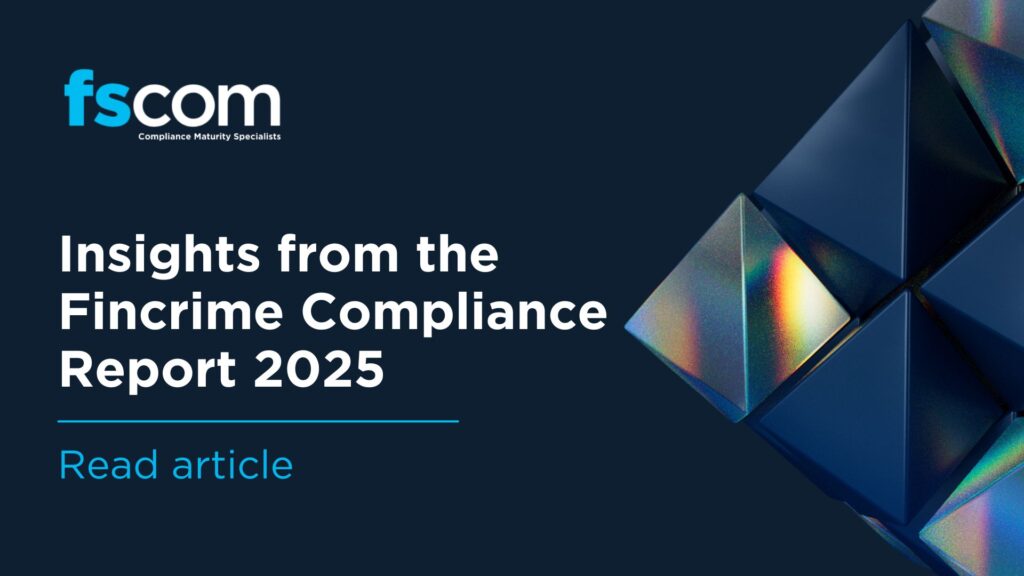ICARA: from regulatory requirement to strategic asset
It has been over three years since the introduction of the Investment Firms Prudential Regime (IFPR), and this has now largely bedded in. However, for many firms, the ICARA remains a challenging deliverable. Despite repeated guidance, the FCA continues to find ICARAs that are fragmented, overly generic, or reactive.
Furthermore, expectations have shifted. The ICARA is no longer just a document; it is a real-time, board-owned process that underpins a firm’s financial and operational resilience.
In this blog, we set out a five-pillar framework for creating a robust ICARA in 2025, one that reflects regulatory expectations, tells a coherent story, and stands up to FCA scrutiny.
What does ‘good’ look like for ICARA in 2025, and how can your firm get there?
The answer: five pillars of a strategic ICARA
- Identify material harms, not generic risks
Many ICARAs still rely on recycled templates or generic risk registers. But the FCA wants firms to begin with material harms; real-world impacts your business could have on clients, the market, and itself.
These should be clearly linked to your business model. For example, a high-frequency trading firm should consider harms arising from algorithmic volatility or margin concentration, not just operational catch-alls.
Ask yourself:
- Can you explain why each harm matters?
- Have you assessed it dynamically, with an eye to economic cycles and evolving operations?
- Align risk appetite with your strategy and financials
Too often, ICARAs present risk appetite, forecasts, and capital planning as separate exercises. In reality, these should flow directly from your strategic plan.
Firms must show how commercial objectives inform risk limits, and how those limits shape liquidity and capital buffers. This creates internal coherence and gives the regulator confidence that your financial resilience is planned, not reactive.
- Strengthen scenario design and stress testing
The FCA has been clear: basic or historical stress testing will not suffice.
Instead, firms should use forward-looking, firm-specific, multi-variable stress tests. These must explore plausible but severe conditions, such as concurrent market dislocation, client defaults, and system outages.
Effective scenarios should:
- Cover sufficient time horizons
- Quantify financial impacts on liquidity and capital
- Include management response plans, with assumptions clearly stated and challenged
- Integrate wind-down and recovery thinking
Recovery and wind-down planning is often the weakest ICARA section, yet it is closely linked to your minimum capital requirement.
Firms should identify diverse recovery options and realistically assess their effectiveness under stress. Many rely on group support without questioning its availability during a systemic event.
Your ICARA should answer:
- What triggers a wind-down?
- What is your cost of exit, broken down by contract and vendor?
- Have you documented credible board-level discussion of these points?
- Tell the story coherently
Perhaps the most overlooked ingredient of a strong ICARA is a logical, joined-up narrative.
Each harm should be traced through to capital planning and recovery. Risk appetite should tie back to strategy. Forecasts should inform stress tests. Wind-down analysis should reflect actual obligations.
Ask yourself: if the FCA reads your ICARA cover to cover, will they see a clear chain of logic, or five disconnected workstreams?
Conclusion: make ICARA work for you
ICARA is no longer just a document; it is your firm’s prudential backbone. Get it right, and it becomes a strategic asset. Get it wrong, and you risk regulatory scrutiny.
To assess the maturity of your ICARA or prepare for your next SREP, download our full guide: ‘Foolproofing ICARAs for 2025’
Want to measure your compliance maturity? Take our 5 minute Compliance Maturity Self-Assessment today.
This blog contains a summary of regulatory guidance and is not a substitute for tailored legal or regulatory advice. Please consult your fscom adviser before acting on any of the above.



